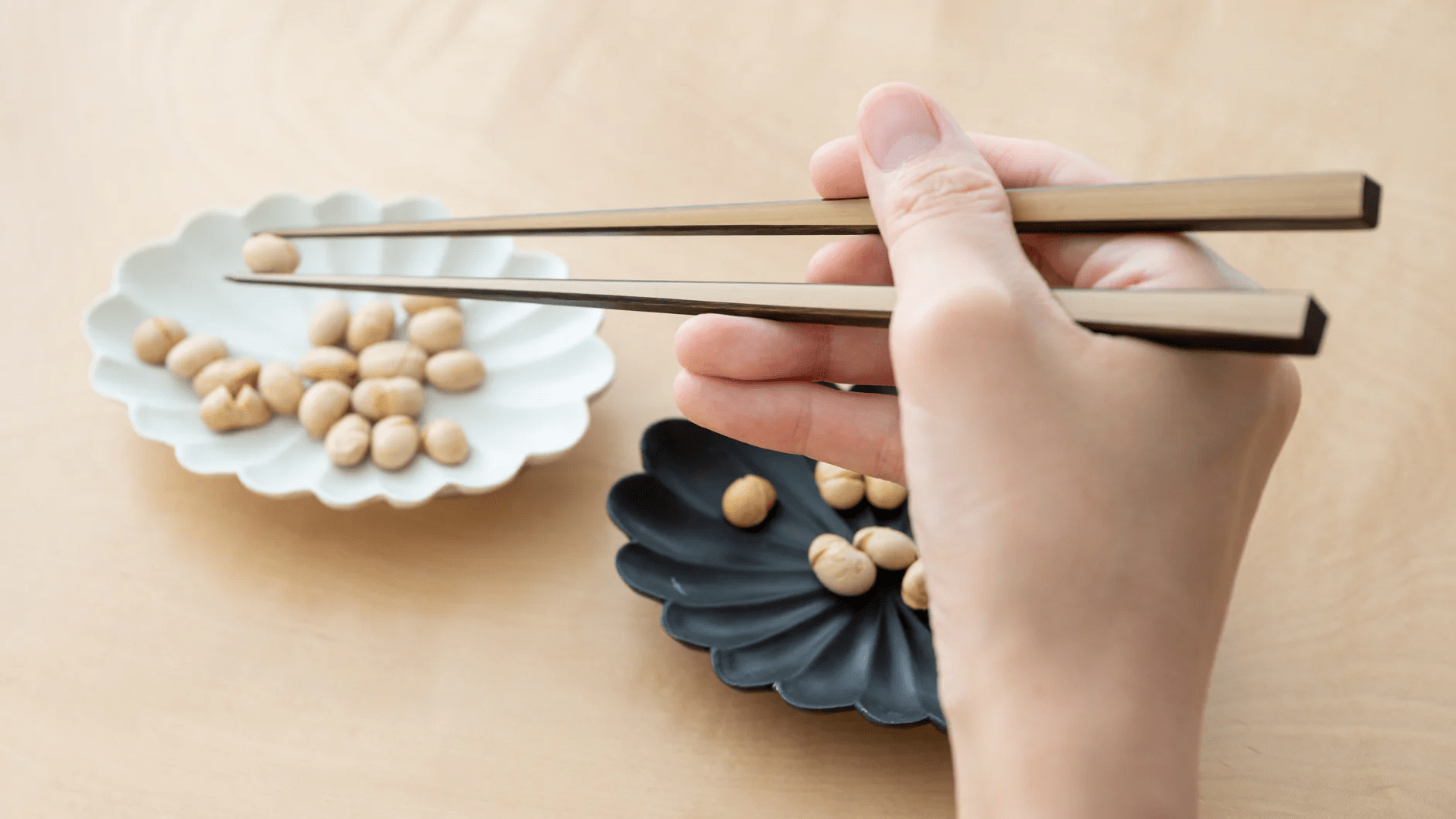
Miso Matters: An Office Tasting Event Through Japan's Flavors
Written by Team MUSUBI
Almost every household in Japan would have a sort of preference for their miso, be it for their miso soup, or as ingredients for their cooking. We somewhat became curious about how various this could be. What miso do our friends and colleagues use and where do they get it from? Is my miso good compared to others? Is mine too salty or too sweet? Where can I get my childhood miso in Tokyo? What other tastes of miso are there?
On a sunny day in May, our fellow staff brought their own miso to the office, some in small plastic bags, some in boxes, and even one in a large bucket of homemade fermented miso.


It seems many of us become loyal to a specific brand or region. Once we start using miso, one of us has been using the same brand for five years.
Yukawa-san brought her miso that she has been using for four years now. She found it in a local supermarket, the miso uses domestic ingredients. She chose this one because it didn't use any additives, and its mild taste suited her. It also turned out to be her children's favorite as well.

It turns out the miso sold in Toyama Prefecture, in the northern region, was reminiscent of her childhood miso. Perhaps it's because both Shimane and Toyama are facing the Sea of Japan, sharing a similar climate.
This miso from Toyama Prefecture uses precious water from Mt. Tsurugi, otherwise the ingredients are rather simple, soybeans and koji paste.




So we tried it out, and it was quite mild and less spicy, somewhat the familiar miso we would expect. Miso doesn't have to be used in only miso soup; it can be used as ingredients for other cuisines. This type of mild and fragrant miso is quite nice to add in various dishes.

Japanese cuisine uses a lot of salt, so it was quite natural for her to consider some less-salt miso. We tried this less-salt miso, and as expected, it lacked the pinch of the spicy miso flavors, but it might as well be suitable as ingredients for cooking. This type of mild and less salty miso, still fragrant, is enough to add some flavor to a dish, especially when you don't want your dish to taste all out miso.
Although the milder and less-salty ones don't initially give us the strong flavor of sweet and salty miso, we discovered that the aftertaste still collected and remained fragrantly in our mouths. This was quite pleasing. This miso still retained the crunchiness of soybeans as well.
Be it seeking your childhood taste, or unexpected encounters with new regions, everyone has their memorable occasions of first tasting their miso. Another miso we had on our table was a hand-made miso sent from Tominaga-san's mother-in-law.

Talking about handmade miso, some of us make miso from the soybeans by ourselves. Umehara-san brought a large bucket full of brown miso inside.

She lets her children enjoy the kneading and mixing of soybeans. There is an old saying that miso will taste better if children do it. We don't know why exactly, but perhaps their small hands and soft palms are just right for the delicate process. The miso in the bucket was still new, a "baby." We could taste the original taste of the soybeans.
She is very selective when it comes to choosing the right beans. Once the package of soybeans arrives at her home, she meticulously discards the bad ones from the good ones. She's been making her miso for three years now, and she is confident now that choosing the right bean is the key.

For Japanese people, we miss miso especially when we are abroad. In Japan we can find a whole alley of various miso in food stores, showing us how selective we are when it comes to choosing the right miso for our family. But abroad, it's hard to find this kind of privileged variety. Be it recalling memories of childhood, or starting a new life after marriage, and meeting new people and regions, everyone had their own stories about how they started using their miso paste. A nice hot bowl of miso soup in a lacquered bowl, is enough to give one a sense of comfort and smile every day.











Leave a comment
This site is protected by hCaptcha and the hCaptcha Privacy Policy and Terms of Service apply.